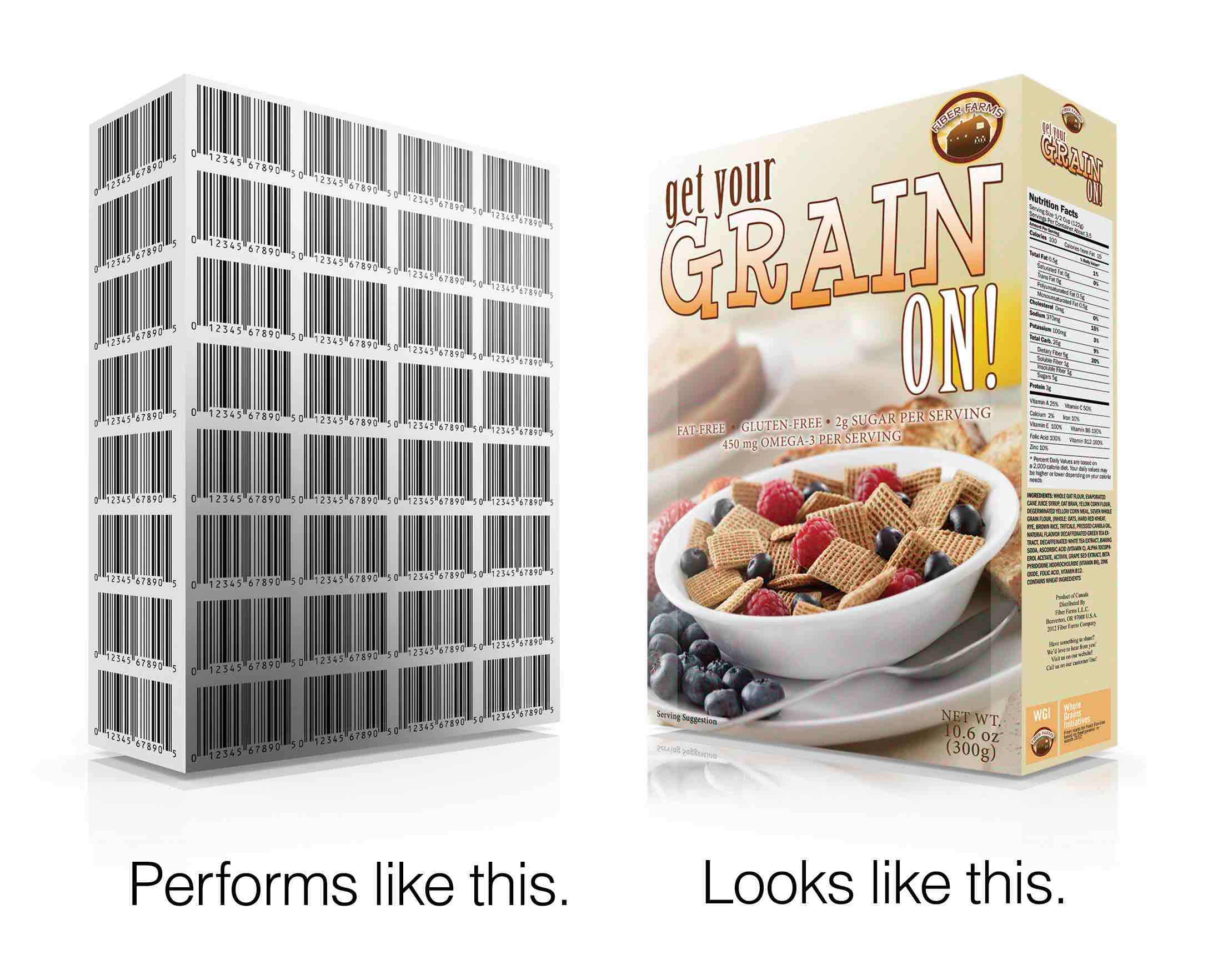New barcode technologies improve efficiency and speed of checkout on both sides of the register
 Few sights are more disappointing to a customer than a long line at checkout. It creates a negative impression of the store’s customer service, lowers the likelihood of future visits and can even lead fed-up shoppers to abruptly exit the store.
Few sights are more disappointing to a customer than a long line at checkout. It creates a negative impression of the store’s customer service, lowers the likelihood of future visits and can even lead fed-up shoppers to abruptly exit the store.
Oftentimes, the cause of this front-end gridlock is inefficiency on the part of the checkout clerk and/or the shopper. Fortunately, there are exciting new digital technologies that can help retailers alleviate these checkout bottlenecks by streamlining both the scanning and payment processes.
A Faster Way to Scan
It should take just a second to scan an item for purchase at the point of sale (POS), but there are often hurdles that slow things down. For example, it costs precious seconds each time a sales clerk (or shopper during self-checkout) fumbles around looking for a hard-to-find barcode, while damaged or unreadable barcodes often result in annoying, time-consuming price checks.
Thankfully, a new product ID technology called the Digimarc® Barcode is changing the game. This next-generation barcode, recently implemented by a nationally recognized supermarket, consists of digital watermarks that are repeatedly printed across an item’s packaging graphics in a way that is invisible to the human eye, but detectable by POS scanners, smartphones, tablets and other devices enabled with Digimarc software. No special inks or printing processes are required.
Embedded into all sides of an item’s packaging, these watermarks allow items to be quickly scanned regardless of their orientation to the reader. These innovative watermarks also contain each item’s unique GTIN data, the same as the UPC symbol. Because it’s imperceptible, this new technology allows for greater package design freedom and improved aesthetics.
A Faster Way to Pay
The customer side of the register can also contribute to checkout gridlock. It’s not uncommon to see shoppers rummaging through their wallets, swiping and re-swiping their credit cards, and grappling with the POS terminal’s unwieldy touchscreen and stylus pen.
It’s no wonder then that digital wallet technology is on the rise among consumers and retailers. While ApplePay has captured the attention of the media, other mainstream solutions will digitize all the cards in one’s wallet, including debit, driver’s license and loyalty, removing a lot of the extraneous payment steps we see today at the POS.
In one scenario, customers would pay with their smartphones by scanning imperceptibly encoded, store-branded images appearing on a payment terminal screen. Scanning the images would securely authorize a payment to the merchant either directly or via the cloud. The transactional data would be communicated via line-of-sight light wave technology—a method generally considered more secure than Bluetooth Low Energy, RFID or NFC, as the data is less likely to be intercepted.
It is imperative for retailers to minimize pain points at checkout, or risk shoppers looking elsewhere – such as online – for an easier and more enjoyable shopping experience. We are at the dawn of an exciting new age of invisible barcodes and digital wallets, one that creates viable opportunities to ease these long-standing causes of checkout friction. After all, losing your customers to inefficiency is by far the worst way to shorten your checkout lines.
About Digimarc
Based in Beaverton, Oregon, Digimarc enables businesses and governments worldwide to enrich everyday living with the means to identify all forms of content, including audio, video, packaging, and imagery. We develop solutions, license intellectual property, and provide development services to global business partners across a wide range of industries. Digimarc holds a large and growing intellectual property portfolio that spans the breadth and depth of innovation in digital watermarking and content identification, with over 800 issued US and foreign patents.
Other barcode news items
